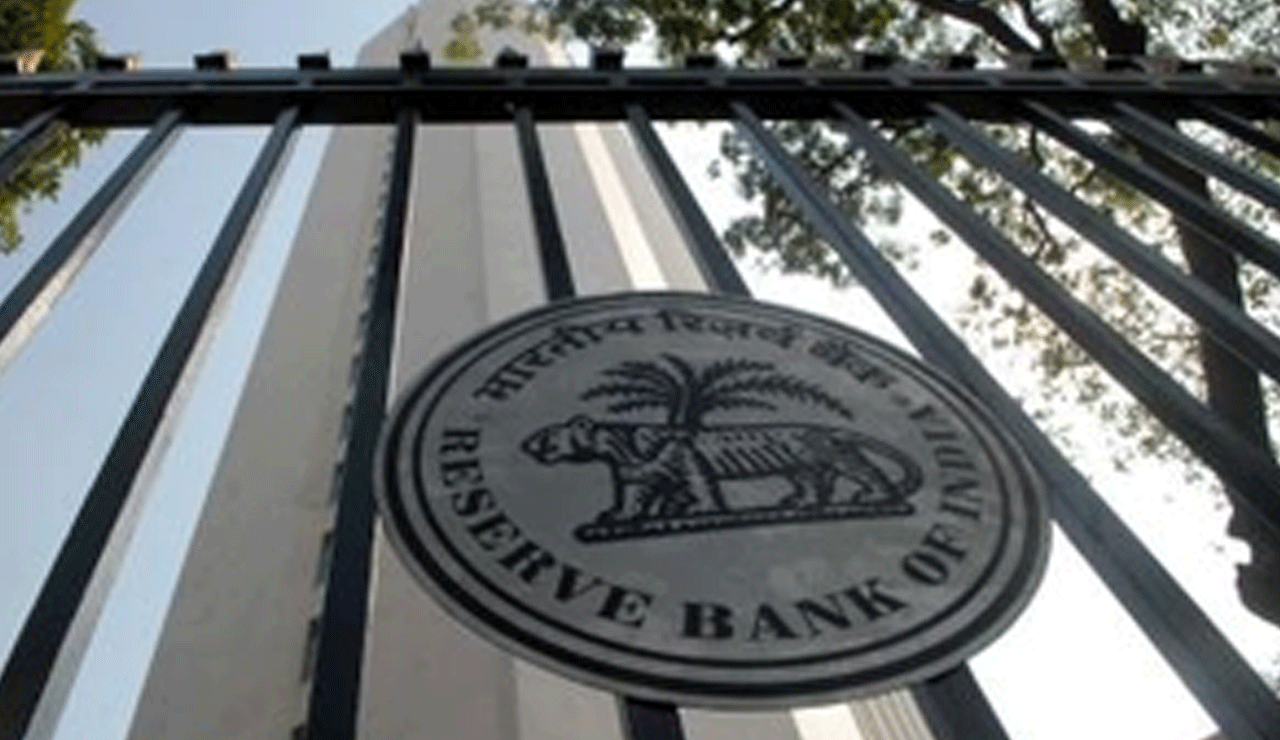RBI’s Monetary Policy Easing Expected to Boost Credit Growth by 10.8% in FY 2026: ICRA Report
The Reserve Bank of India’s (RBI) recent monetary policy easing measures are projected to support a robust year-on-year credit growth of 10.8%, with total credit likely to reach Rs 19 lakh crore to Rs 20.5 lakh crore in the fiscal year 2025-2026, according to a report released by ICRA on Tuesday.

Mumbai
The Reserve Bank of India’s (RBI) recent monetary policy easing measures are projected to support a robust year-on-year credit growth of 10.8%, with total credit likely to reach Rs 19 lakh crore to Rs 20.5 lakh crore in the fiscal year 2025-2026, according to a report released by ICRA on Tuesday.
RBI’s Measures to Support Credit Expansion in FY 2026
The report highlights that the RBI’s recent actions—including a repo rate cut, deferment of proposed changes in the liquidity coverage ratio (LCR) framework, and increased provisions for infrastructure projects—are expected to positively impact credit growth. Additionally, the rollback of higher risk weights on lending to unsecured consumer credit and non-banking financial companies (NBFCs) should further stimulate credit demand.
Table of Contents
The RBI has also injected durable liquidity into the system through open market operations (OMO) and forex swaps with banks. These liquidity injections are expected to enhance the transmission of rate cuts, thereby promoting faster credit growth in FY 2026.
Challenges to Credit Growth Persist
Despite the optimistic projections for credit expansion, the report notes several challenges that may hinder the pace of growth. These include persistent difficulties in deposit mobilization, a high credit-deposit (CD) ratio, and increasing stress in unsecured retail and small business loans. As a result, credit growth is expected to fall short of the high levels witnessed in FY 2024.
“The pro-growth regulatory stance has revived lenders’ appetite for credit growth in Q4 FY 2025, following a period of slow incremental credit growth at the start of the year,” the report stated.
Impact of RBI’s Liquidity Measures on Banking Sector
The report further discusses the pressures faced by banks in raising competitive retail deposits, particularly in light of the competition from other investment avenues. This has led to a decrease in the share of low-cost current and savings account (CASA) balances, impacting banks’ cost of funds.
Also Read: EAM Jaishankar Welcomes Dubai Crown Prince Sheikh Hamdan to India for First Official Visit
While the RBI’s recent liquidity measures are designed to improve the transmission of rate cuts, the challenges in deposit mobilization may delay the expected reduction in deposit rates. This, in turn, could impact banks’ margins in the short term.
Credit Growth Outlook and Banking Sector Profitability
ICRA’s Vice President, Sachin Sachdeva, mentioned that with an elevated CD ratio, competition for deposit mobilization is expected to remain high in FY 2026, which may limit banks’ ability to reduce deposit rates. However, lending rates could face downward pressure due to lower external benchmark-linked loans and competition from debt capital markets.
The report predicts a cumulative 75 basis points (bps) cut in the repo rate from February 2025 onwards, which is expected to lead to a decline of 15-17 bps in the banks’ net interest margins (NIMs) during FY 2026. Despite this, the profitability of banks is expected to remain stable, with the return on assets (ROA) projected at 1.1-1.2% and return on equity (RoE) expected to range from 12.1-13.4% in FY 2026.
Stable Outlook for the Banking Sector
ICRA maintains a stable outlook for the banking sector, noting that although profitability may trend downward in FY 2026, the growth trajectory is expected to remain strong without significant reliance on fresh capital. The report further emphasized that the banking sector is expected to continue performing well, despite the challenges it faces in the current economic environment.
